- ‘Close to the Sultan’, offers a fantastic version of the life of Gabriel Veyre, inventor and camera operator for the Lumière brothers.
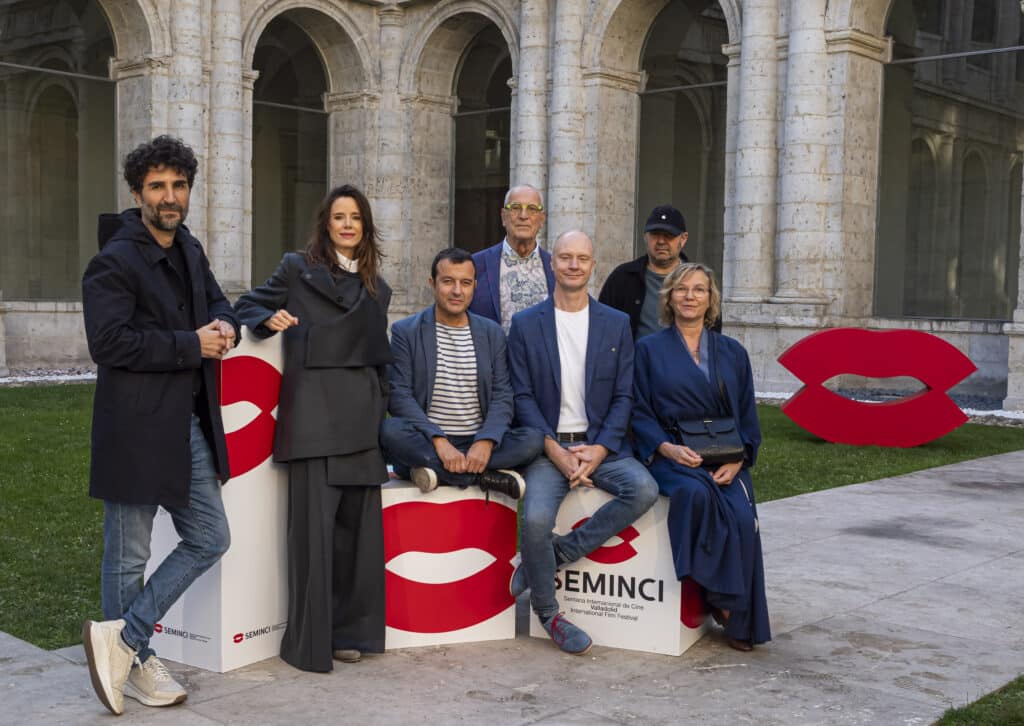
Valladolid, 23 October 2024. Javier Rebollo, author of titles such as Woman Without Piano (2009) and The Dead Man and Being Happy (2012), presented the Spanish premiere of his latest film, Close to the Sultan, a declaration of love to the origins of cinema, in competition at the 69th Valladolid International Film Festival (SEMINCI). He was accompanied by the stars Jan Budar and Pilar López de Ayala, as well as the producers Roberto Butragueño, Lluís Miñarro and Nathalie Trafford.
Close to the Sultan takes the viewer back to the origins of cinema at the dawn of the 20th century through the story of the French pioneer Gabriel Veyre, who accepts the Venerable Sultan’s proposal and lands in the fictional Land of Nour to bring the mysteries of the cinematograph to the East. Javier Rebollo offers a look back in time, in the form of a daydream, at the first adventures that accompanied the seventh art, when it moved between science and illusion.
On the genesis of the project and his discovery of the figure of Gabriel Veyre, Javier Rebollo revealed: ‘The film found me, not the other way around. I met Philippe Jacquier, Gabriel Veyre’s heir, and he opened his heart and his archives to me. He gave me access to the memory that was literally hidden in a cupboard. Veyre remained largely unknown and, as soon as I heard about him, I stuck with it. Then I just had to keep my ears open and listen to this wonderful man’.
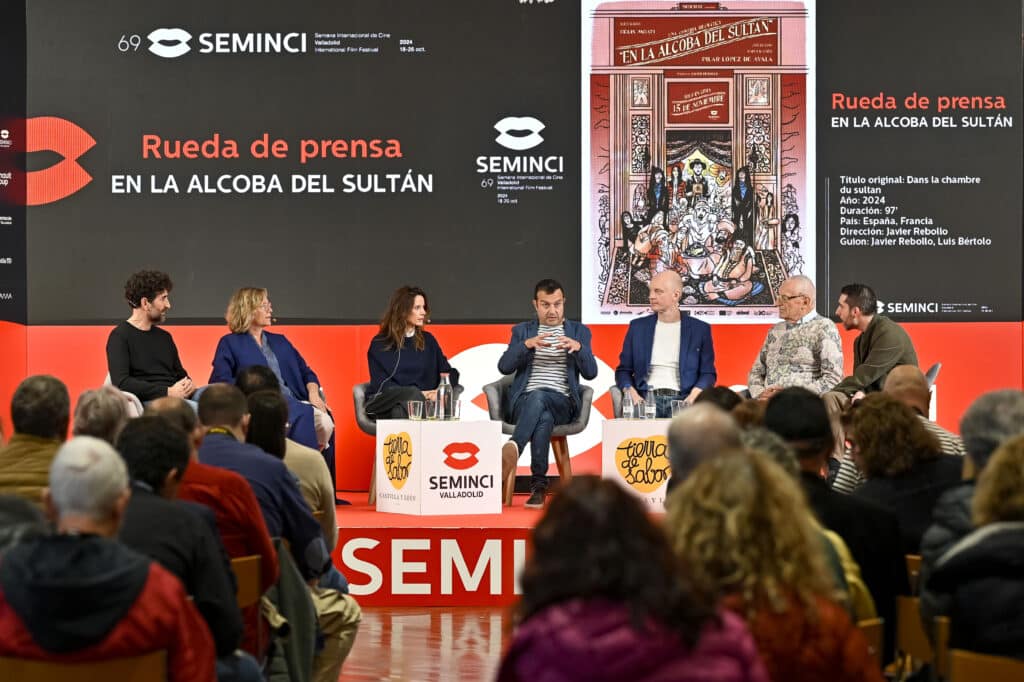
The director from Madrid has pointed to the Lumière brothers, Georges Méliès and Buster Keaton, but also to the world of comics and The Adventures of Tintin, as references, as symbols of the importance of fantasy in his work. ‘To get to the truth you have to lie a little. Every biography has a lot of fiction and, in turn, fiction has a lot of reality. Many biopics that are based on real events are false to me. And this is a film that embraces fantasy, that understands that imagination is very important to access the truth,’ he said. And he added: ‘The film is very much about the actors’ gestures, something that comes from silent films, and from comics, too’.
Actress Pilar López de Ayala has expanded on this idea, saying: ‘I love characters without text because they require greater expressiveness. Cinema is still a medium that is told through the image. I knew of Javier’s improvisational abilities, that I didn’t have to take anything too well put together. He gave me texts and letters and, of course, there was previous work based on that material. But everything ended up being built as we went along, with a lot of willingness and flexibility on set, trying to understand what was required at each moment’.
To which Rebollo replied: ‘Pilar embodies this spirit of the classic actors, who were like an emblem of themselves. This is thanks to her wit, her beauty and, above all, her kindness. To make films you need to be a good person; you don’t have to be like Kubrick. Love is the most important thing for art and for life, and that love was in Gabriel Veyre’s work’.
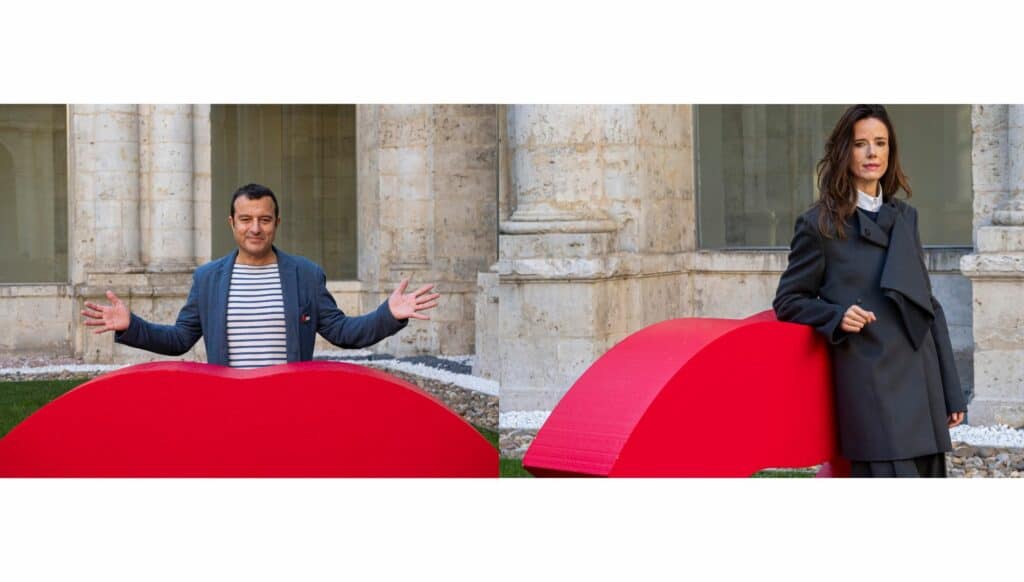
Getting it wrong to get it right
The crew also shared their experiences during the filming, a process that was not free of difficulties. Producer Nathalie Trafford said: ‘This film had to be shot in Fez, Morocco, which is where it has been written for many, many years. We had wonderful palaces and a Moroccan crew and executive producer. But three days before we started, we were summoned by the local authorities to tell us that we couldn’t shoot there, because they wouldn’t allow us to make a fiction about a Moroccan sultan. So we went to Tunisia, where we were welcomed with open arms.
Luis Miñarro added: ‘It’s been an adventure for years. For me, it is really almost a miracle that we are here today after all that has happened. But Javier is someone who has always prioritised the art of filmmaking and has solved everything that seemed impossible to solve. The film has gone ahead thanks to his filmic impulse, and I think it has been better than I had imagined before’.
‘We had to reinvent the film, its sets and costumes, while we were making it. But we think it was for the better because, once we lost the realism, we embraced the fantasy. The best things come from finding creation in lack. This is the adventurous spirit of the first filmmakers and mine too,’ added Rebollo. ‘It’s good to make mistakes in order to get it right. The thing is that you only know that afterwards’.
Press contact:
983 42 64 60
prensa@seminci.com

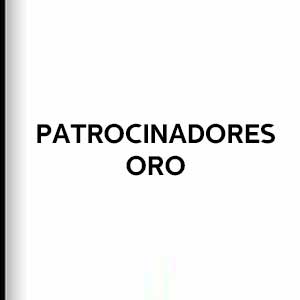
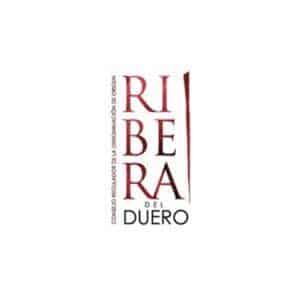


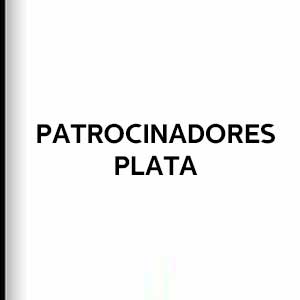



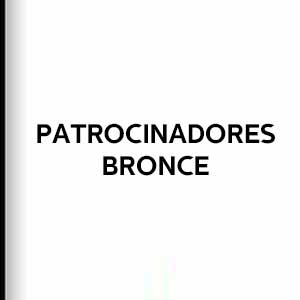









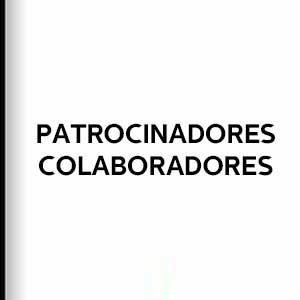


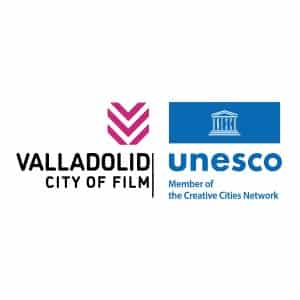
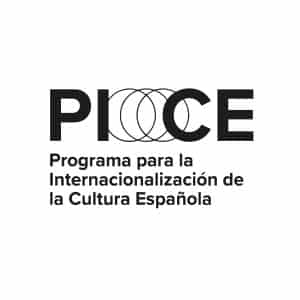


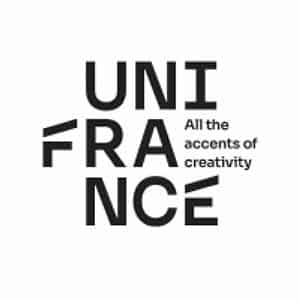
![Logo Foro Cultural de Austria Madrid[1]](https://www.seminci.com/wp-content/uploads/2024/09/Logo-Foro-Cultural-de-Austria-Madrid1-300x76.jpg)








